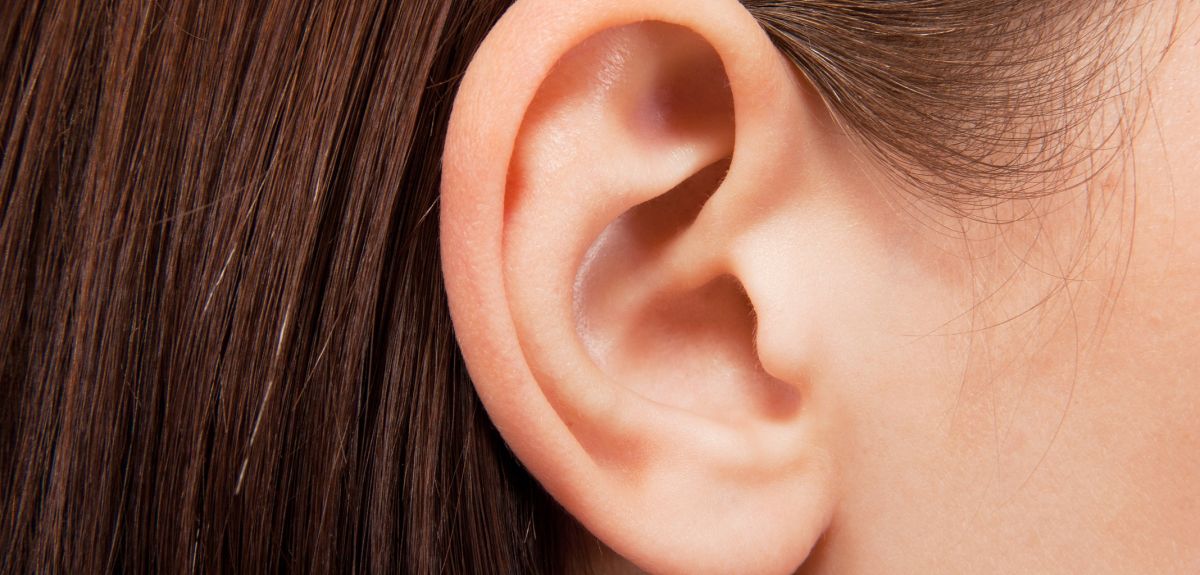
Image credit: Shutterstock
What’s your sound barrier? New study finds nearly one in five people in the UK find everyday sounds intolerable
Researchers from King’s College London and University of Oxford have shown that 18.4 per cent of the general UK population report that certain sounds, such as loud chewing, and repetitive sniffing, cause a significant problem in their lives. The condition is known as misophonia.
Misophonia is a strong negative reaction to common sounds, which are usually made by other people, and include breathing, yawning, or chewing. People with misophonia often experience a fight-or-flight response to the sounds which can trigger anger and a need to escape.
Published in the journal PLOS ONE, this is the first study in the UK to assess the level of misophonia in a general population. The research was funded by the National Institute for Health and Care Research (NIHR) Maudsley Biomedical Research Centre and Wellcome.
The study used a new questionnaire developed to capture the severity and complexity of misophonia within a sample of 772 people who were representative of the UK general population across sex, age and ethnicity.
Only 13.6 per cent of people had heard about misophonia and 2.3 per cent identified as having the condition, suggesting that many are not aware there is a term to describe how they react to sounds.
The analysis showed that misophonia was equally common in men and women and that it tended to be less severe with age.
Senior author, Dr Jane Gregory, Clinical psychologist at the Department of Experimental Psychology, University of Oxford said: 'The experience of misophonia is more than just being annoyed by a sound. Misophonia can cause feelings of helplessness and being trapped when people can’t get away from an unpleasant sound. Often those with misophonia feel bad about themselves for reacting the way they do, especially when they are responding to sounds made by loved ones. More research is needed to understand what causes misophonia and how we can help those people whose symptoms disrupt their day to day lives.'
Lead author, Dr Silia Vitoratou, Senior Lecturer in Psychometrics and Measurement at the Institute of Psychiatry, Psychology & Neuroscience (IoPPN), King’s College London said: 'We have shown that everyday sounds made by others negatively impact the lives of nearly 1 in 5 people in the UK. Our study also suggests that many people may not recognise they have misophonia. We believe the scale we have developed will help us to understand misophonia better and will also help health professionals to support those who suffer from misophonia.'
The new questionnaire used in the study (the S-Five)1 captures the extreme reaction some people have to these sounds and how they feel about themselves because of those reactions. It also measures the impact of misophonia on people’s lives, such as social isolation, avoiding certain places and concerns about the future.
By comparing results from this study and previous research1 using the S-Five scale with people with misophonia, researchers estimated the reactions to sounds that are linked specifically to misophonia. For example, loud chewing, slurping, snoring and loud breathing frequently elicited negative emotional responses across the sample whereas reactions to normal breathing, footsteps and swallowing were indicative of higher levels of misophonia. Researchers also found that those with misophonia experienced anger and panic as a reaction to specific sounds whereas irritation was a more common reaction across the sample.
Researchers collected data on levels of depression and anxiety in the sample and found low associations with the severity of misophonia, supporting the proposal that misophonia is a standalone condition and not part of other disorders.
The study, ‘Misophonia in the UK: Prevalence and norms from the S-Five in a UK representative sample’, can be read in PLOS ONE.
 Expert Comment: Chatbot-driven sexual abuse? The Grok case is just the tip of the iceberg
Expert Comment: Chatbot-driven sexual abuse? The Grok case is just the tip of the iceberg
 New study finds that stopping weight-loss drugs is linked to faster regain than ending diet programmes
New study finds that stopping weight-loss drugs is linked to faster regain than ending diet programmes